Optimal Timing for Brush Hogging
Brush hogging, also known as rotary mowing or brush cutting, is a land management practice used to clear overgrown areas, control invasive species, and maintain open landscapes. Timing is crucial to ensure effective vegetation control and minimal environmental impact. The optimal period for brush hogging varies depending on the region, plant growth cycles, and specific land management goals.
Typically performed early in the growing season to control new growth and prevent invasive species from establishing.
Ideal for managing overgrowth after plants have matured, reducing fuel loads and preparing land for future use.
Effective for clearing residual growth and preparing land for winter, reducing fire hazards and promoting healthy regrowth.
Best avoided during droughts as vegetation is more vulnerable, and machinery may cause more soil disturbance.
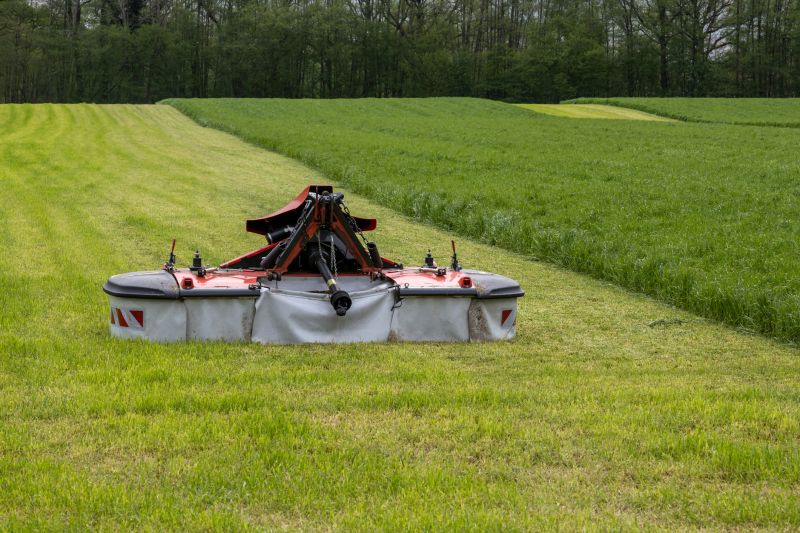
Ways to make Brush Hoggings work in tight or awkward layouts.
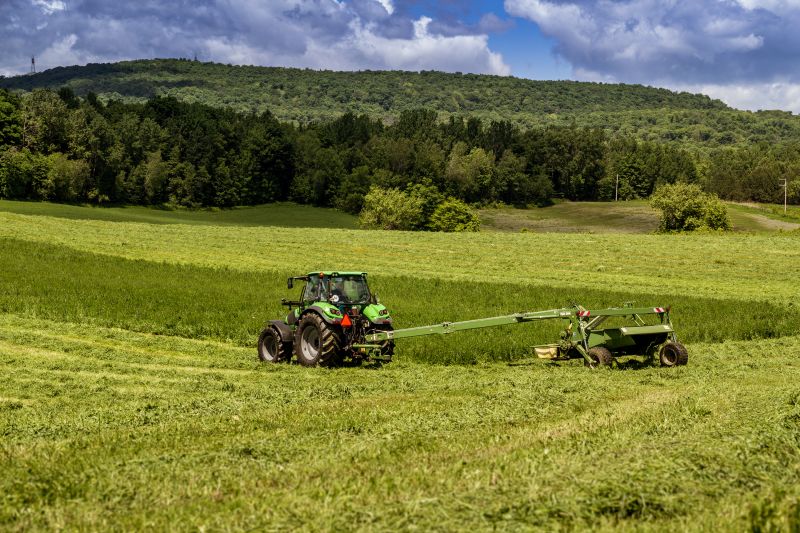
Popular materials for Brush Hoggings and why they hold up over time.

Simple add-ons that improve Brush Hoggings without blowing the budget.

High-end options that actually feel worth it for Brush Hoggings.

Finishes and colors that play nicely with Brush Hoggings.

Little measurements that prevent headaches on Brush Hoggings day.
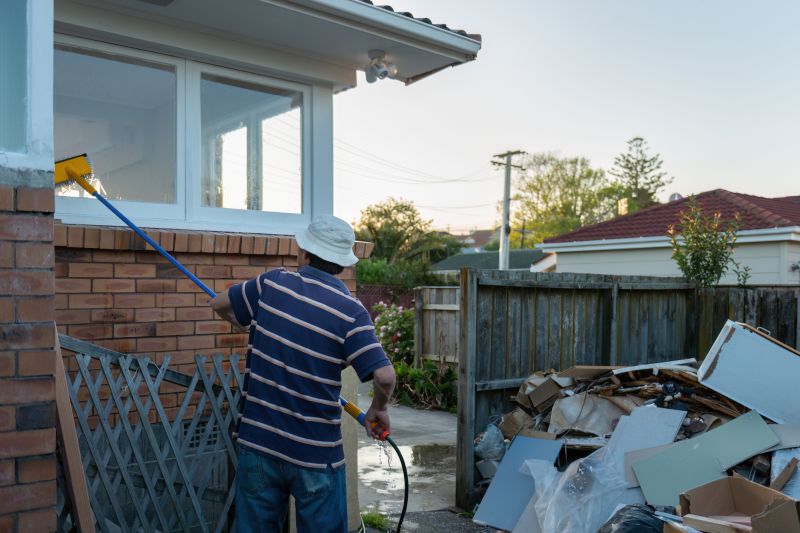
A 60-second routine that keeps Brush Hoggings looking new.
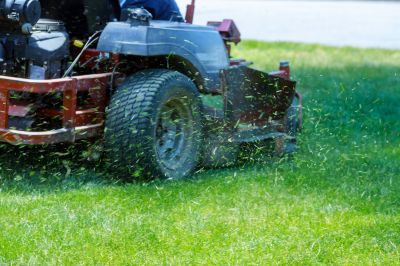
A frequent mistake in Brush Hoggings and how to dodge it.
| Season | Optimal Timing |
|---|---|
| Spring | Early spring before rapid growth |
| Summer | Late summer after plants mature |
| Fall | Post-growth period before winter |
| Drought conditions | Avoid during droughts |
| Post-rainfall | After sufficient rainfall |
Brush hogging is a land management technique that involves using a rotary mower or similar equipment to cut through thick brush, tall grass, and invasive plants. It is an essential tool for maintaining open spaces, managing wildlife habitats, and preventing wildfires. The timing of brush hogging impacts its effectiveness and environmental impact, making understanding seasonal considerations vital for landowners and managers.
Statistics indicate that performing brush hogging during the right season can lead to more efficient vegetation control, reduced soil erosion, and healthier regrowth. For example, early spring treatments can prevent invasive species from spreading, while fall treatments help reduce fuel loads and prepare land for winter dormancy. Proper timing also minimizes machinery wear and reduces the risk of soil disturbance.
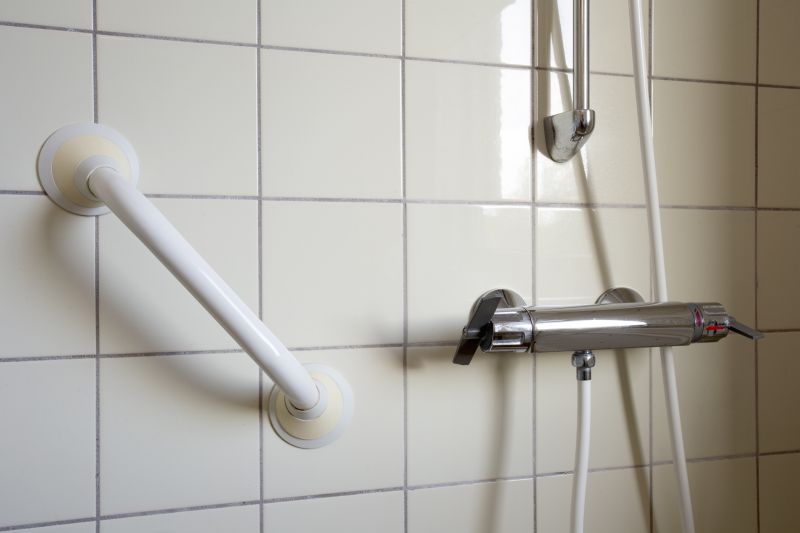
Small tweaks to make Brush Hoggings safer and easier to use.

Lower-waste or water-saving choices for Brush Hoggings.
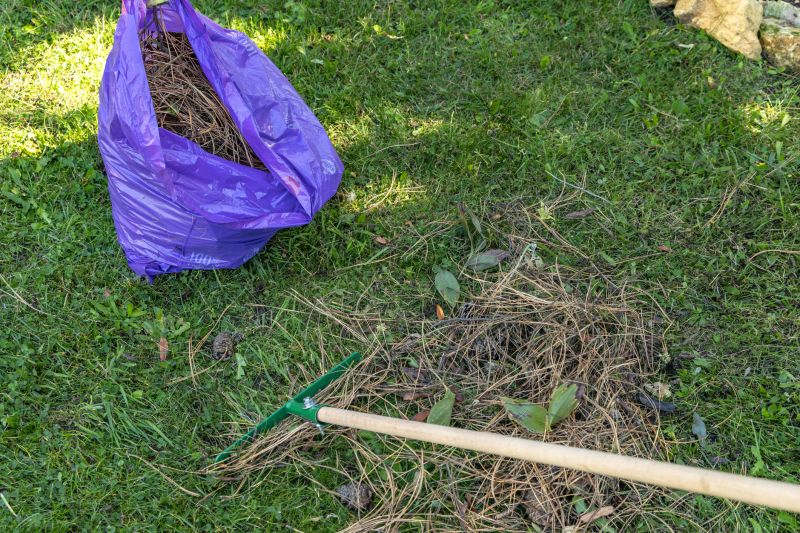
The short, realistic tool list for quality Brush Hoggings.

Rough timing from prep to clean-up for Brush Hoggings.

Quick checks and paperwork to keep after Brush Hoggings.

Examples that show the impact a good Brush Hoggings can make.

Ways to make Brush Hoggings work in tight or awkward layouts.
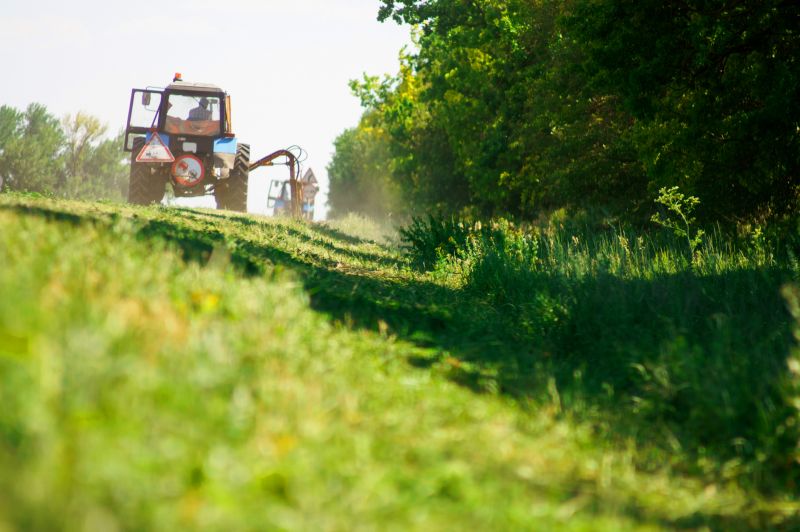
Ways to make Brush Hoggings work in tight or awkward layouts.
Individuals interested in brush hogging services are encouraged to contact for more information or to schedule treatments. Proper timing and execution can significantly impact land management outcomes, making professional advice valuable for optimal results.



